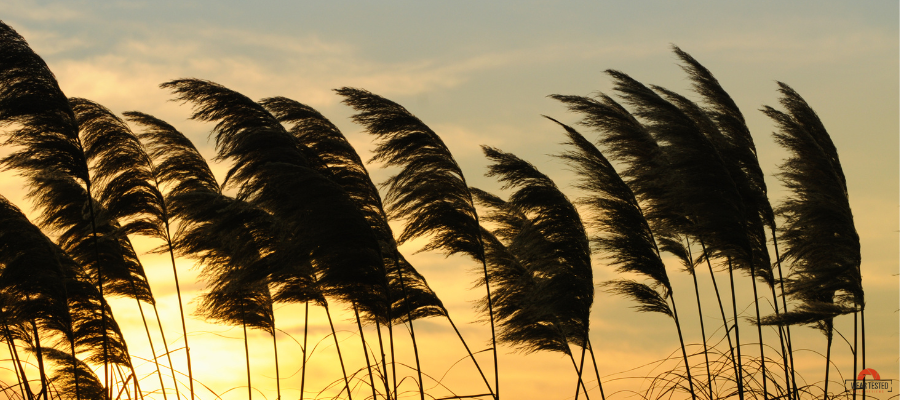Wind Resistance levels for drones are typically rated on a scale from 0 to 12, based on the Beaufort Scale.
Level 0-1: Calm to Light Air (0-3 mph / 0-5 kph)
- Description: Light breeze, barely noticeable.
- Wind Impact: Minimal; most drones should fly smoothly.
- Best for: Toy drones and ultra-light models.
Level 2: Light Breeze (4-7 mph / 6-11 kph)
- Description: Wind felt on face; leaves rustle.
- Wind Impact: Minimal, safe for lightweight drones.
- Best for: Entry-level hobby drones.
Level 3: Gentle Breeze (8-12 mph / 12-19 kph)
- Description: Leaves and small branches in motion.
- Wind Impact: Noticeable but manageable for most consumer drones.
- Best for: Light drones and casual use; drones with basic stabilization can handle this level.
Level 4: Moderate Breeze (13-18 mph / 20-28 kph)
- Description: Small branches move, dust and paper rise.
- Wind Impact: Challenging for lightweight drones; stable drones with GPS and good motors can manage.
- Best for: Mid-range consumer drones; typically labeled as “wind-resistant.”
Level 5: Fresh Breeze (19-24 mph / 29-38 kph)
- Description: Small trees sway, moderate resistance felt.
- Wind Impact: Strong wind; only high-quality drones with powerful motors should fly.
- Best for: Professional drones with strong stabilization and GPS.
Level 6: Strong Breeze (25-31 mph / 39-49 kph)
- Description: Large branches move, difficult to walk against.
- Wind Impact: Very strong; flying is risky for all but the most durable professional drones.
- Best for: Only heavy-duty, industrial, or military-grade drones.
Most consumer drones are rated between Level 3 and Level 5 on the Beaufort Scale, with higher levels indicating greater resilience. Higher wind resistance levels are ideal for areas where winds are often stronger, while lower levels are sufficient for calm or controlled environments.

